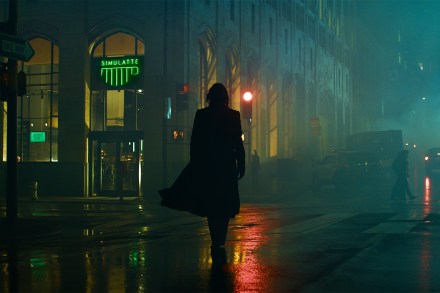A cut above TV’s usual #MeToo fare: BBC1’s Rules of the Game reviewed
As you may have noticed, it’s something of a golden age for TV shows about how invisible middle-aged women are — except perhaps, in all those TV shows about how invisible middle-aged women are. At first sight, Rules of the Game — a crime drama set in a northern sportswear company — seemed a fairly standard example. The company in question, Fly Dynamic, has a management style that some might consider a little sleazy, run as it is by a group of men who’ve never met a 16-year-old girl they didn’t want to ply with booze and drugs. Meanwhile their neglected wives amuse themselves as best they can with cheese





















